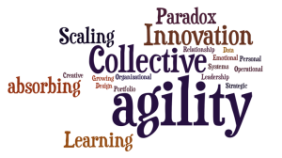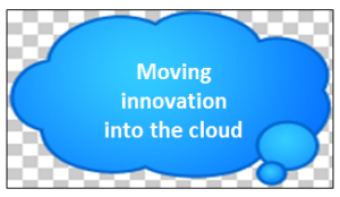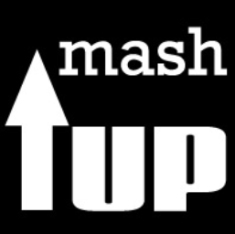Building Collective Agility for Innovation
 Agility is important to me. For me, agility and innovation have needed to always go together.
Agility is important to me. For me, agility and innovation have needed to always go together.
I named my company Agility Innovation Specialists and at its core, we state that the value of this focus can offer a real “intensity in innovation” that we believe reflects today’s world of need.
We encourage you to disrupt the accepted, to constantly challenge the current ways and push into uncomfortable territory. We suggest you seek out customers’ unmet needs, and unexplored opportunities to give a new diversity to any thinking, and then we set about accelerating these ideas to fruition. Those all need abundant and constant agility.









 Let’s admit it, our middle management needs a radical makeover, a new fitness regime to make us far more innovation fit.
Let’s admit it, our middle management needs a radical makeover, a new fitness regime to make us far more innovation fit.